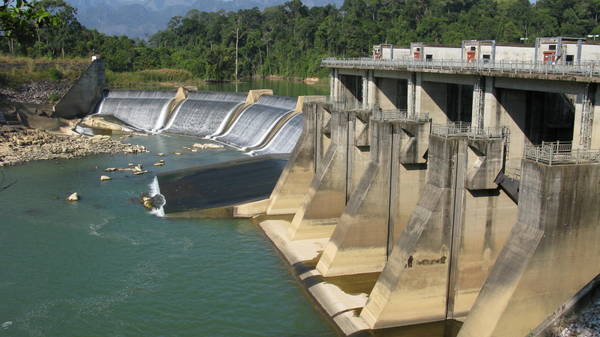An international environmental group Monday voiced concerns over the impact in which the expanded hydropower dam project in central Laos may generate to the livelihoods of people living in the area.

International Rivers, an NGO working to halt destructive river infrastructure projects, warned that the new dam – known as The Theun-Hinboun Expansion Project – which is partly-owned by Norwegian state-owned company Statkraft, will dislocate tens of thousands of people in the next five years due to project-induced flooding.
The project, located on the Nam Ngouang River, central Laos has already displaced over 7,500 people, since its opening in 1998, said International Rivers’ Lao programme coordinator Tania Lee.
Lee also criticised the project’s failure to compensate villagers affected by the first phase of the project, and raised concerns about the compensation allocated for its expansion.
“The plans to restore livelihoods are woefully inadequate,” Lee said. “The Theun-Hinboun Power Company is profiting at the expense of some of South-East Asia’s poorest people.”
A letter from Statkraft
In a response letter to ScandAsia regarding the allegations, Statkraft’s Communications advisor Lars Magnus Günther stated that most NGOs, except International Rivers, deem the project to be a best-practice hydro project, due to its commitment to sustainability and social and environmental development.
“We strongly believe that the Expansion Project will bring long-term benefits both to the Lao PDR as a whole, and to the people in the surrounding area, using increased incomes as a basis for provision of better public services, greater market access and improved health and educational opportunities,” Gunther wrote.
As for the compensated budget, Gunther cited that 10 percent of the total USD 650m investment has been spent on the Social and Environmental Development program.
So far, he wrote, 11 villages from the reservoir were moved to four resettlement sites – in total 4358 persons in 760 households and the relocation as of end of 2012 consisted of moving in total 4226 persons from about 700 households.
A further 4450 persons, he stated, will be relocated along the Nam Hinboun (downstream the power station) over the next four years. The total number of resettled and relocation persons is a little over 13,000 when all is completed, that is 4358 resettled and approximately 8,650 relocated (mostly within existing village areas).
“Due to higher risks of flooding downstream, people are relocated and provided with new rice fields with irrigation systems, making it possible to even grow rice in the dry season,” he added.
New projects launched
Theun Hinboun Power Company, where Statkraft owns 20%, last Friday announced the opening of two new power plants, a new dam ‘The Theun-Hinboun Expansion Project’ and a new power line with a total cost of about USD 650 million.
According to Statkraft, the expansion will double the production of renewable energy to 3 TWh annually.
Power from the dams will be exported to countries like Thailand and Vietnam as a means to generate economic growth in Laos.
